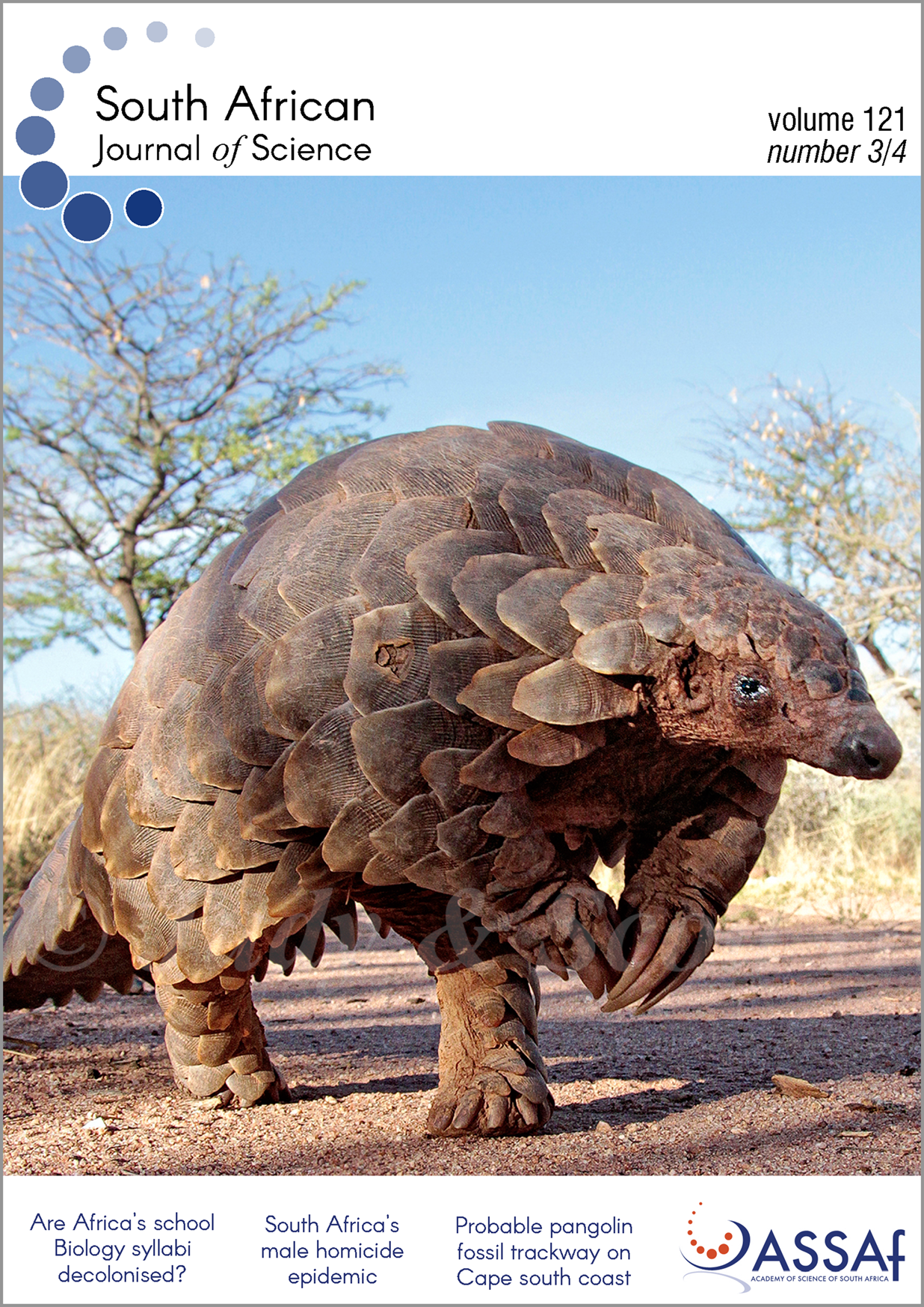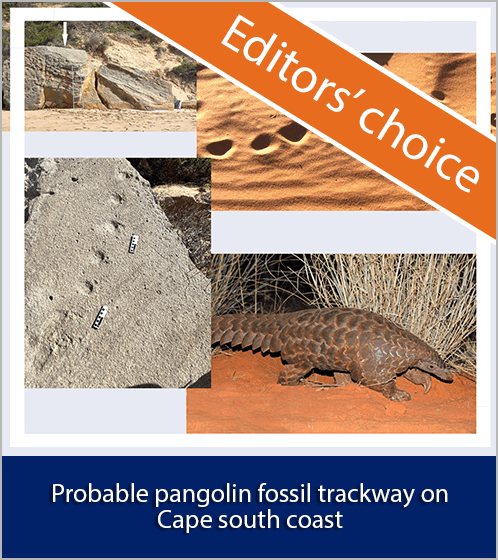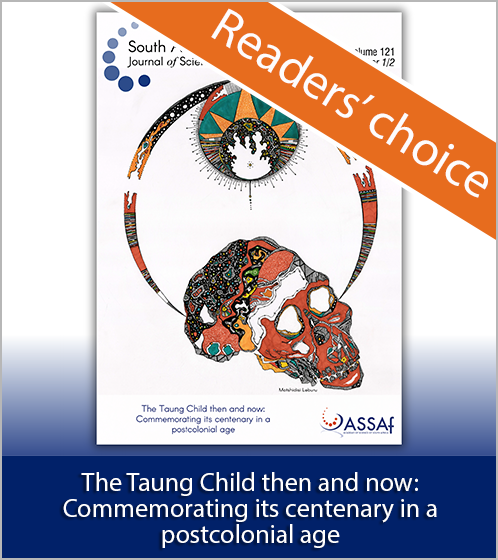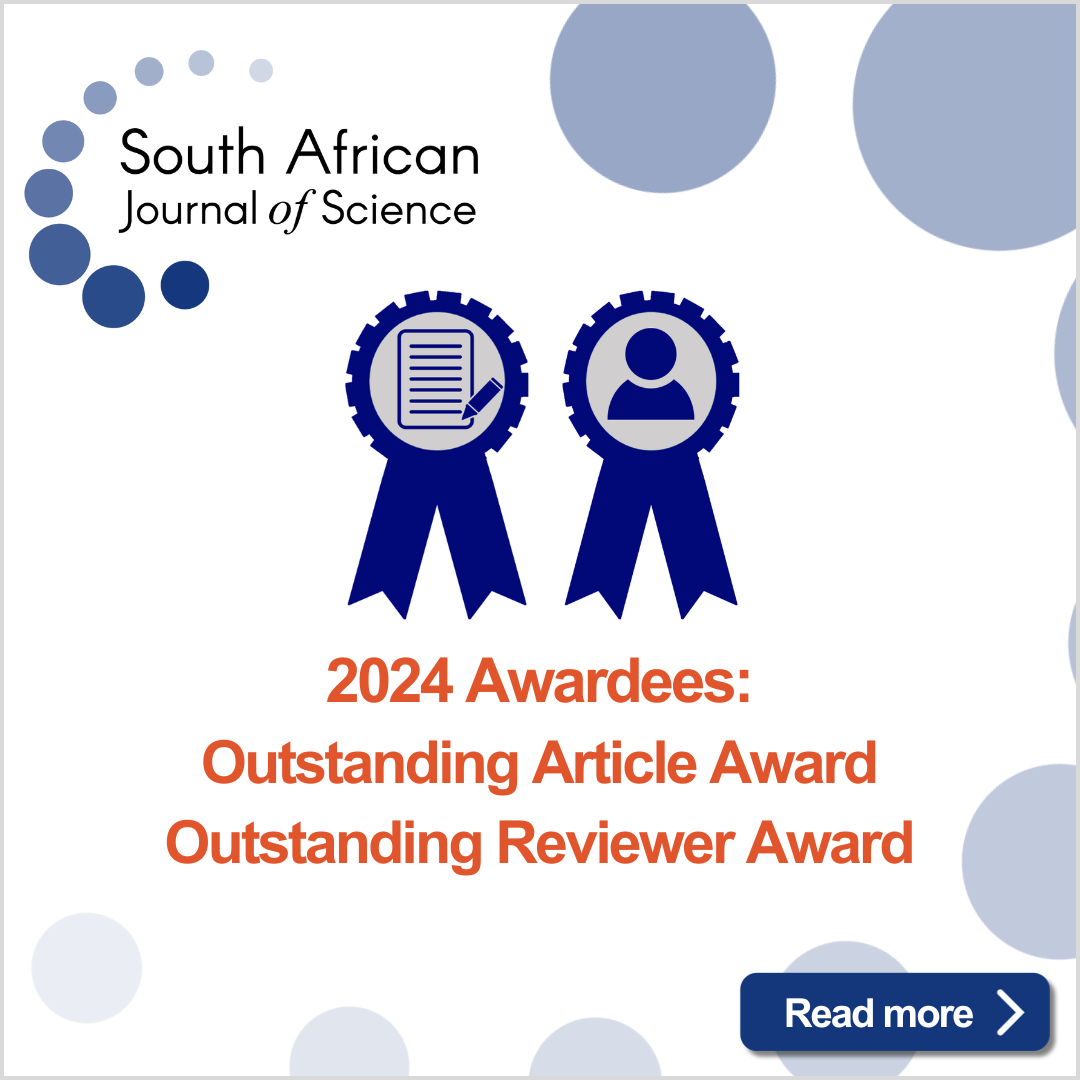Atmospheric mercury dispersion over the South African Highveld
DOI:
https://doi.org/10.17159/sajs.2025/17029Keywords:
coal-fired power plants, mercury, South African Highveld, CALPUFF, depositionAbstract
Coal combustion in coal-fired power plants is the dominant source of mercury (Hg) emissions in South Africa. The majority of these plants are located in the South African Highveld, an area that experiences poor air quality. Despite this, the specifics of Hg emissions – such as the amounts emitted, mercury species emitted and their spatial variability – from these plants remain unclear. This study presents the first dispersion modelling of Hg concentrations and wet and dry deposition in the Highveld using CALPUFF. It focuses on inorganic gaseous elemental (Hg0), inorganic reactive gaseous (Hg2+) and inorganic particle-bound Hg (HgP) emissions from 12 coal-fired power plants from 2011 to 2014. Results show that Hg concentrations are highest near the central cluster of power plants, with levels ranging from 0.0028 to 0.0631 ng/m3 for Hg0, 0.0028 to 0.0497 ng/m3 for Hg2+ and 0.0008 to 0.0137 ng/m3 for HgP. Significant wet and dry deposition, measured at 0.07–7.46 and 0.03–3.33 (g/ha)/year, respectively, also occurs in these areas, indicating that proximity to power plants leads to higher deposition. A health risk assessment suggests that nearby populations may be at risk of acute health impacts from Hg0 inhalation. However, the accuracy of this assessment is limited by the overestimation of Hg0 concentrations in dry deposition modelling. The findings highlight the need for further studies to characterise and quantify methylmercury, the most toxic form of Hg, in the environment. This study also potentially shows important locations where new Hg monitoring stations should be placed.
Significance:
The research presents the results of the first-ever dispersion modelling study regarding mercury concentrations and wet and dry deposition over this region using CALPUFF. The findings significantly contribute to scientific knowledge on the spatial variation and deposition of Hg in this region. The study conducts a brief health risk assessment, suggesting that the population working and living near power plants may be at risk of acute adverse health impacts due to inhalation of Hg0. The findings indicate that further studies are needed to characterise and quantify methylmercury concentrations, as this is mercury’s most toxic environmental form, and point to important future research directions.
Downloads
Published
Issue
Section
License

All articles are published under a Creative Commons Attribution 4.0 International Licence
Copyright is retained by the authors. Readers are welcome to reproduce, share and adapt the content without permission provided the source is attributed.
Disclaimer: The publisher and editors accept no responsibility for statements made by the authors
How to Cite
- Abstract 264
- PDF 422
- EPUB 114
- XML 117
- Peer review history 194













.png)